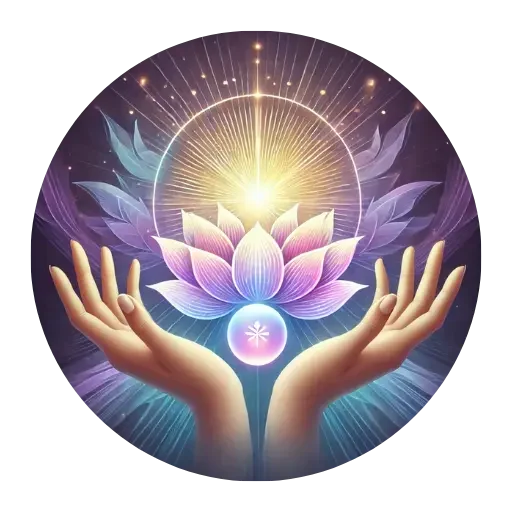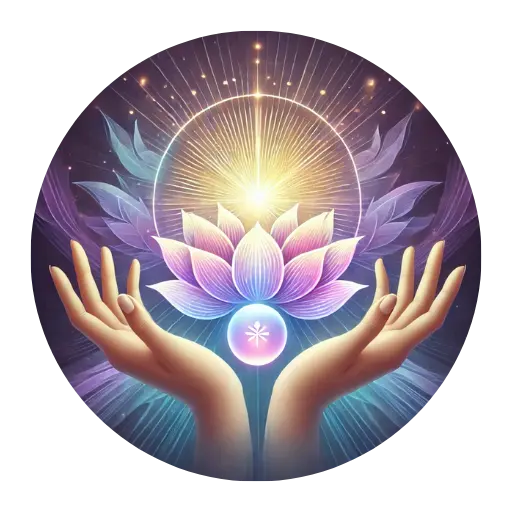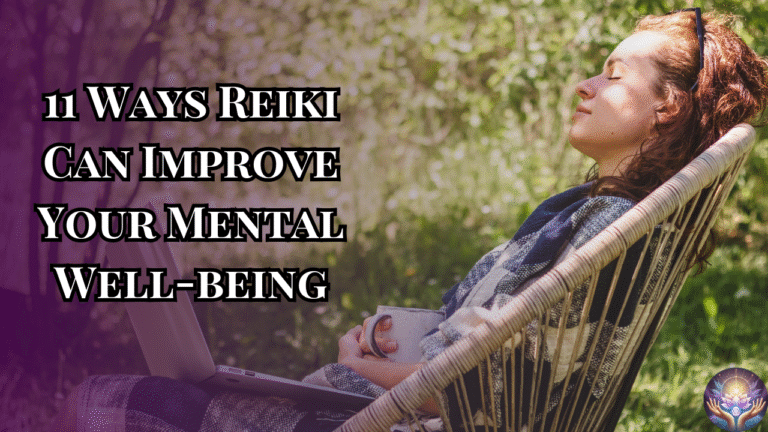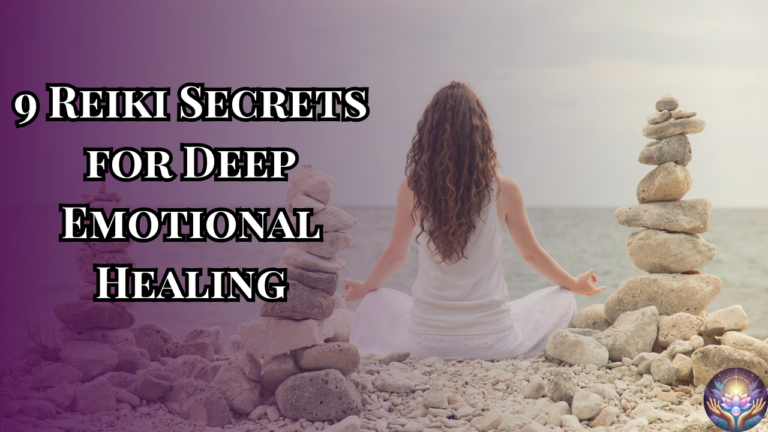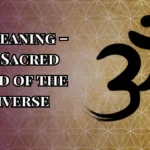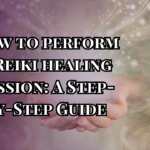Energy healing has balanced the body, mind, and spirit for centuries. As interest in alternative medicine grows, more people explore energy therapy types to enhance well-being. But what exactly does energy therapy involve, and how does it work?
In this article, we’ll dive into the meaning of energy therapy, explore various energy therapy examples, and answer important questions like What is the purpose of energy therapy? and How do practitioners perform energy therapy?
What Is Energy Therapy Types?
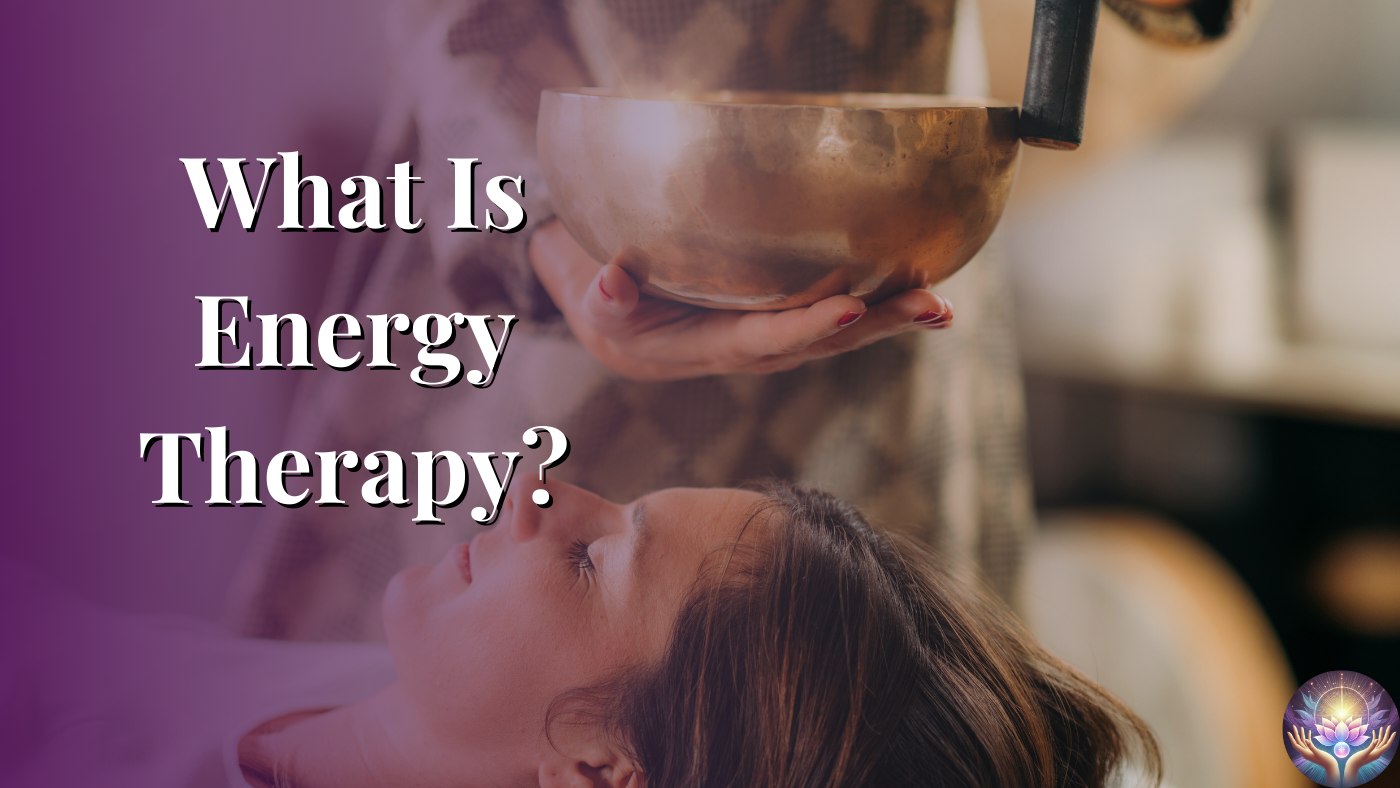
Energy therapy, also called energy healing, restores balance to the body’s energy field. Practitioners believe energy flows through and around the body, and when blockages disrupt this flow, people experience physical, emotional, or mental imbalances.
By working with the body’s energy systems, different energy therapy types remove blockages, promote relaxation, and stimulate the body’s natural healing abilities.
Energy Therapy Types: 6 Powerful Healing Modalities
Each energy therapy type approaches healing differently. Here are six widely recognized methods:
1. Clairvoyant Energy Healing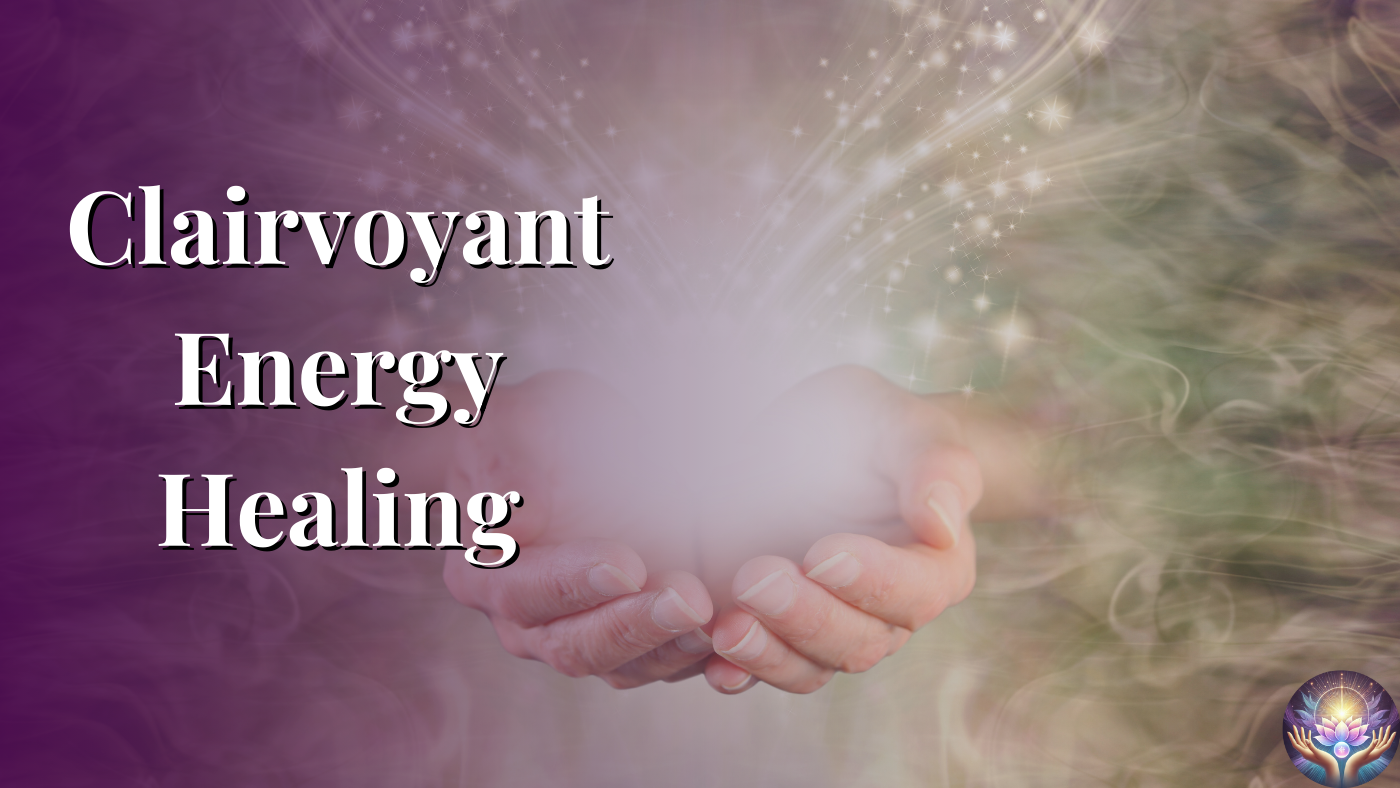
The Clairvoyant Energy HealingClairvoyant energy healing allows practitioners to use their psychic abilities to read and clear energy blockages.
- Healers tune into a person’s energy field (aura) to identify imbalances.
- They visualize and direct energy to remove stagnant energy and restore flow.
- This method helps people achieve emotional healing and spiritual clarity.
Unlike other healing methods, clairvoyant healing does not involve physical touch. Instead, practitioners work with a person’s subtle energy body to bring balance.
2. Intuitive Acupuncture
Acupuncture has served as a key practice in traditional Chinese medicine, and intuitive acupuncture takes it further by integrating energy healing techniques.
- Practitioners insert thin needles into specific meridian points on the body.
- Instead of following a rigid system, they use intuition and energy perception to guide the session.
- People seek intuitive acupuncture for pain relief, emotional balance, and spiritual awakening.
This approach blends ancient Chinese medicine with modern energy healing to create personalized treatments.
3. Reiki
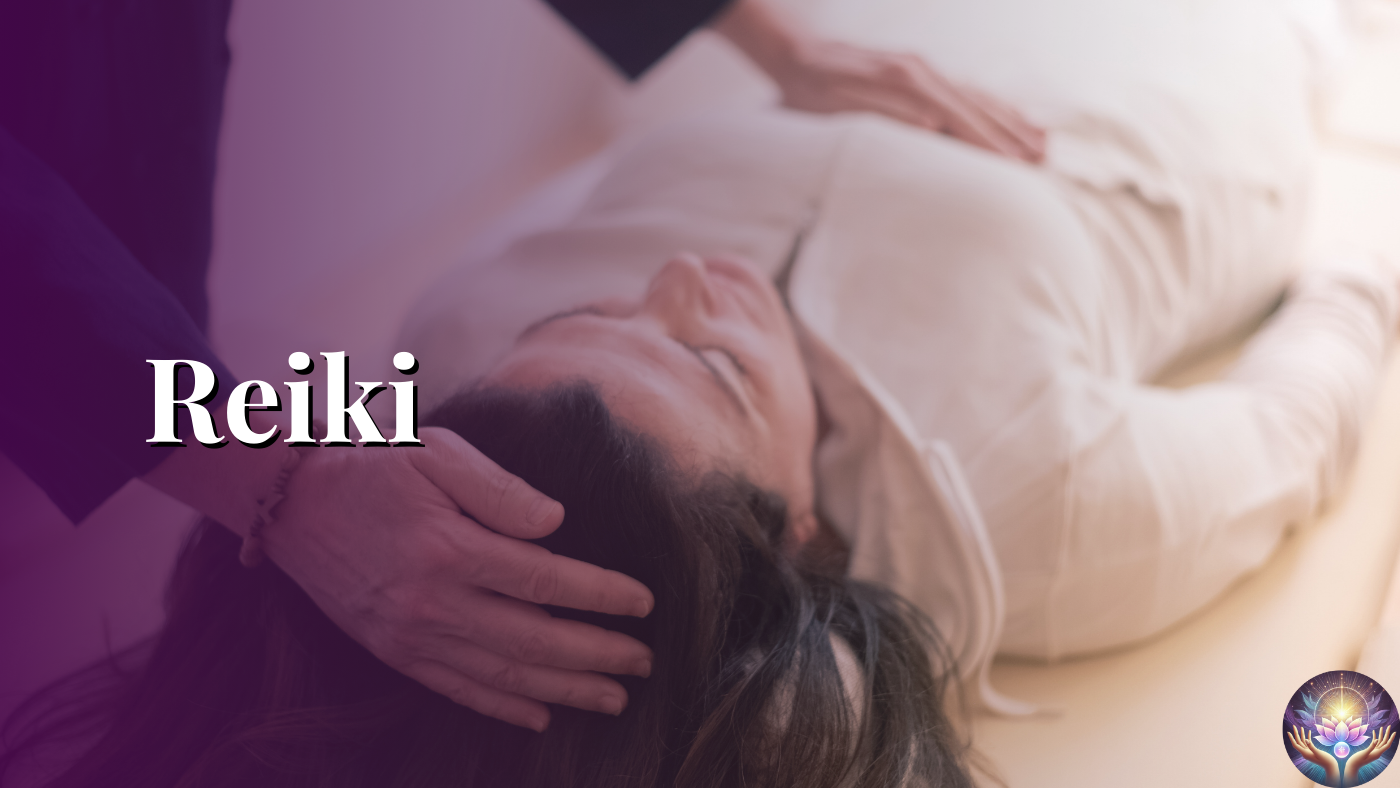
Reiki, one of the most popular energy therapy types, originated in Japan. Many people have experienced the benefits of Reiki in their daily lives. Practitioners follow a simple process to perform Reiki:
- They place their hands lightly on or above the body to channel healing energy.
- Reiki helps people achieve deep relaxation, stress reduction, and pain relief.
- Practitioners offer Reiki both in person and remotely, as energy travels beyond physical space.
Many hospitals, wellness centers, and private practices offer Reiki, making it one of the most accessible energy therapy examples.
4. Pranic Healing
The Pranic healing, an energy-based system, helps cleanse and energize the body’s energy field without touch.
- Practitioners work with prana (life energy) to remove negative energy and restore vitality.
- They use sweeping motions to eliminate energy blockages and enhance well-being.
- This method supports physical healing, emotional balance, and mental clarity.
Pranic healing follows a structured system, making it a great choice for those seeking systematic energy healing.
5. Therapeutic Touch
Healthcare professionals, particularly nurses, developed therapeutic touch to support patient recovery.
- Practitioners place their hands just above the body to assess and balance energy.
- Many hospitals integrate therapeutic touch into treatment plans to help patients recover from surgery, manage pain, and reduce anxiety.
- Research suggests therapeutic touch can promote wound healing and stress relief.
Since many medical institutions accept therapeutic touch, it remains one of the most widely recognized energy therapy types.
6. Sound Therapy
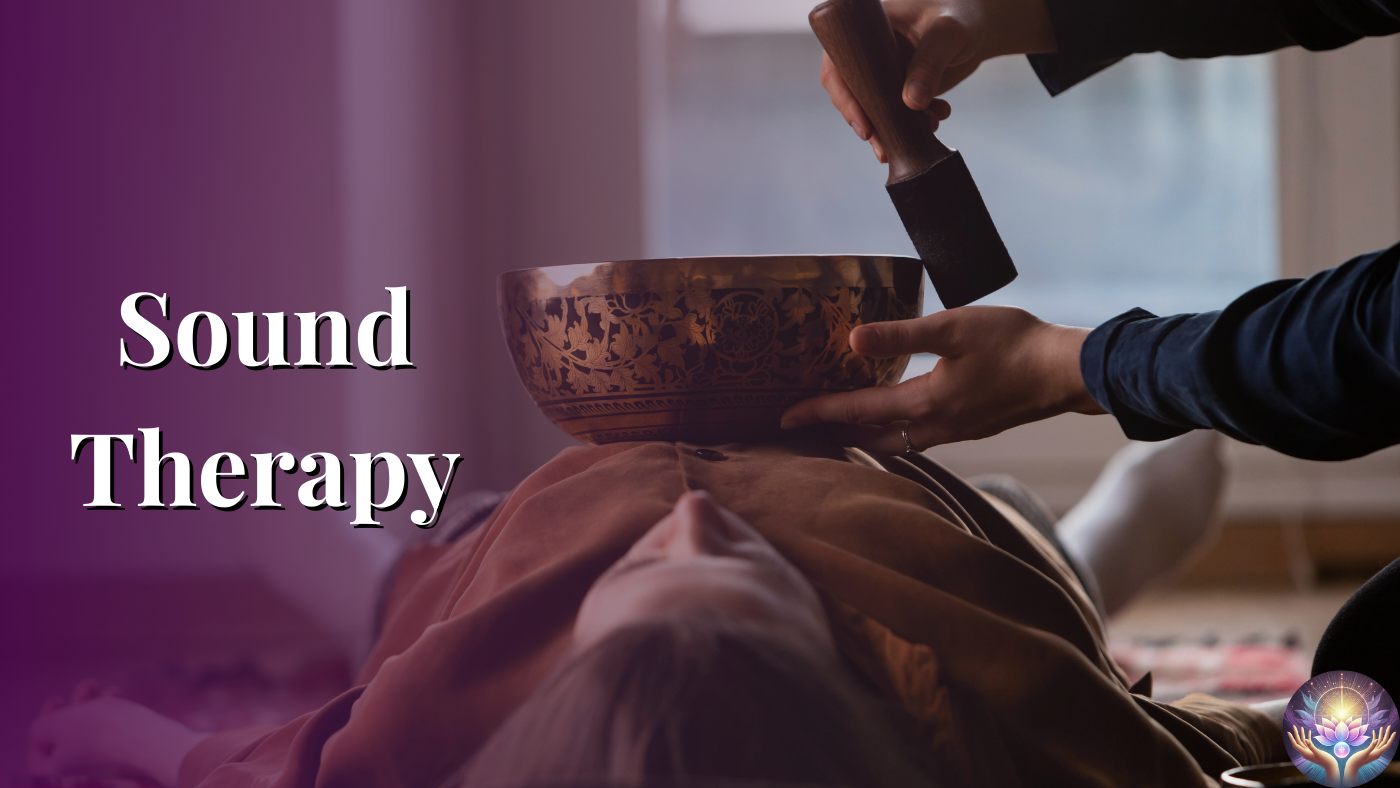
Sound therapy, also called vibrational healing, restores energy balance using sound frequencies.
- Practitioners use singing bowls, tuning forks, and gongs to create vibrations that interact with the body’s energy field.
- Sound waves help people release tension, enhance focus, and experience deep relaxation.
- Many people incorporate sound therapy into meditation, yoga, and self-healing routines.
Since sound therapy does not require prior experience or training, it serves as an easy and enjoyable way to experience energy healing.
The Science Behind Energy Therapy
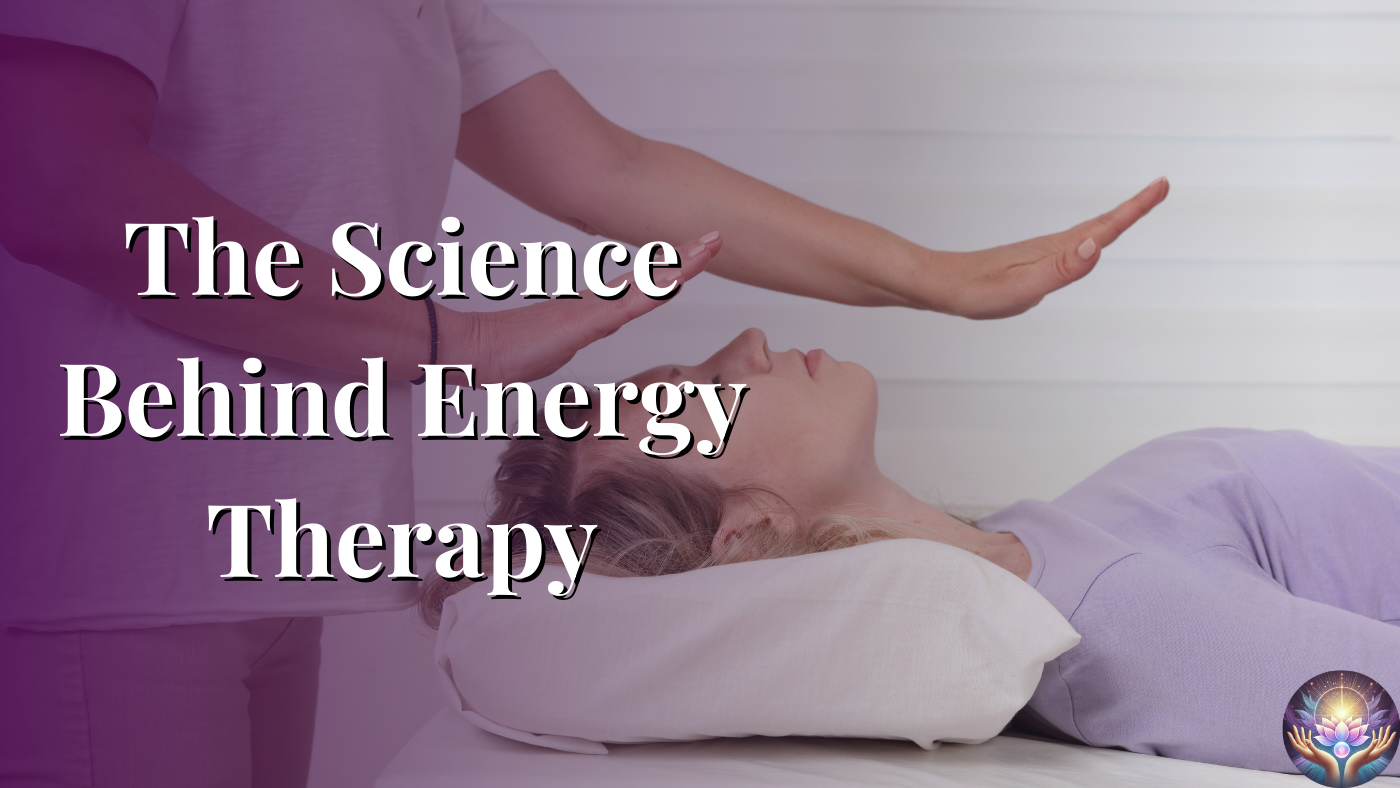
Although many people associate energy therapy with spirituality, scientists have started researching its effects.
1. The Placebo Effect and Relaxation Response
Some researchers believe energy therapy activates the body’s relaxation response, reducing stress and supporting healing. Many argue that the placebo effect also plays a role in energy therapy’s benefits.
2. Biofield Science and Electromagnetic Fields
Biofield science suggests that the human body emits an electromagnetic field, which energy healing might influence. Although studies remain limited, some research indicates a connection between energy therapies and physiological changes.
3. Energy Therapy in Medical Settings
Some hospitals now offer Reiki and therapeutic touch to help patients manage pain, anxiety, and recovery times. While energy therapy does not replace medical treatment, healthcare professionals increasingly use it as a complementary practice.
What Is the Purpose of Energy Therapy?
The main goal of energy therapy is to restore balance and harmony within the body’s energy field. People seek energy healing for various reasons, including:
- Reducing stress and anxiety
- Easing physical discomfort or pain
- Promoting emotional healing and mental clarity
- Enhancing overall well-being
- Supporting spiritual growth and self-awareness
People use energy therapy as a complement to traditional medical treatments, rather than a replacement.
How Do Practitioners Perform Energy Therapy?
Each energy therapy type follows its own method, but most energy healing sessions include:
- Assessing the body’s energy field (also known as the aura or chakras).
- Using techniques like touch, breathwork, or visualization to balance or clear energy.
- Allowing time for relaxation, so the body can integrate the energy shifts.
Some therapies involve direct touch, while others work entirely within the energy field without physical contact. The ultimate goal is to restore energy flow and support the body’s natural healing abilities.
FAQs About Energy Therapy Types
1. What is the purpose of energy therapy?
Energy therapy aims to restore balance in the body’s energy system, promote relaxation, reduce stress, and enhance overall well-being. Many people seek energy healing to improve their emotional, physical, and spiritual health.
2. How do practitioners perform energy therapy?
Practitioners use different techniques based on the type of energy healing. Some apply light touch (Reiki, therapeutic touch), while others work without physical contact, such as pranic healing. Certain methods, like sound therapy, use vibrations to balance the body’s energy field.
3. Which energy therapy type works best for beginners?
Beginners often start with Reiki or sound therapy because they are easy to experience and widely available. Reiki requires no prior knowledge, and sound therapy involves listening to healing frequencies for relaxation.
4. Can energy therapy replace medical treatments?
No, energy therapy complements medical treatments but does not replace them. People should use it alongside professional healthcare rather than as a substitute for necessary medical treatments.
5. How does Reiki differ from pranic healing?
- Reiki practitioners place their hands lightly on or above the body to channel energy.
- Pranic healing practitioners use no-touch techniques to cleanse and energize the body’s energy field.
Both methods restore energy flow, but they use different techniques to achieve balance.
6. Does energy therapy pose any risks?
Energy therapy is generally safe, but some people may experience temporary fatigue, emotional release, or mild discomfort as their energy adjusts. Staying hydrated and resting after a session helps the body integrate the healing effects.
7. How do I choose the right energy therapy for me?
Consider your needs and preferences:
- If you prefer a hands-on method, try Reiki or therapeutic touch.
- If you dislike physical touch, choose pranic healing or sound therapy.
- If you want spiritual insight, explore clairvoyant energy healing.
Trying different methods helps you find what resonates best.
Conclusion
Many different energy therapy types exist, each offering unique approaches to healing and balance. From clairvoyant energy healing to sound therapy, these methods aim to harmonize the body, mind, and spirit.
While energy healing does not replace medical treatment, many people find it beneficial for stress relief, emotional healing, and self-discovery. Whether you’re exploring Reiki, pranic healing, or therapeutic touch, energy therapies provide a powerful and transformative path toward well-being.
Are you ready to experience energy healing? Try different methods and see which one resonates with you the most!
